Interactive murals represent a revolutionary fusion of traditional art and cutting-edge technology, transforming static wall surfaces into dynamic, engaging experiences. These innovative installations combine the creativity of street art with technologies like augmented reality, motion sensors, and projection mapping to create immersive experiences that respond to viewer interaction. From healthcare facilities using murals to comfort young patients to corporate spaces employing them for brand engagement, interactive murals are reshaping how we experience art and information. Modern interactive walls use various sensors including touch sensors, motion sensors, and audio sensors that detect user actions and relay information to processing units, creating responsive digital experiences. This comprehensive guide explores twenty distinct types of interactive murals, each offering unique applications and technological approaches to create memorable, participatory art experiences.
1. Augmented Reality Interactive Mural
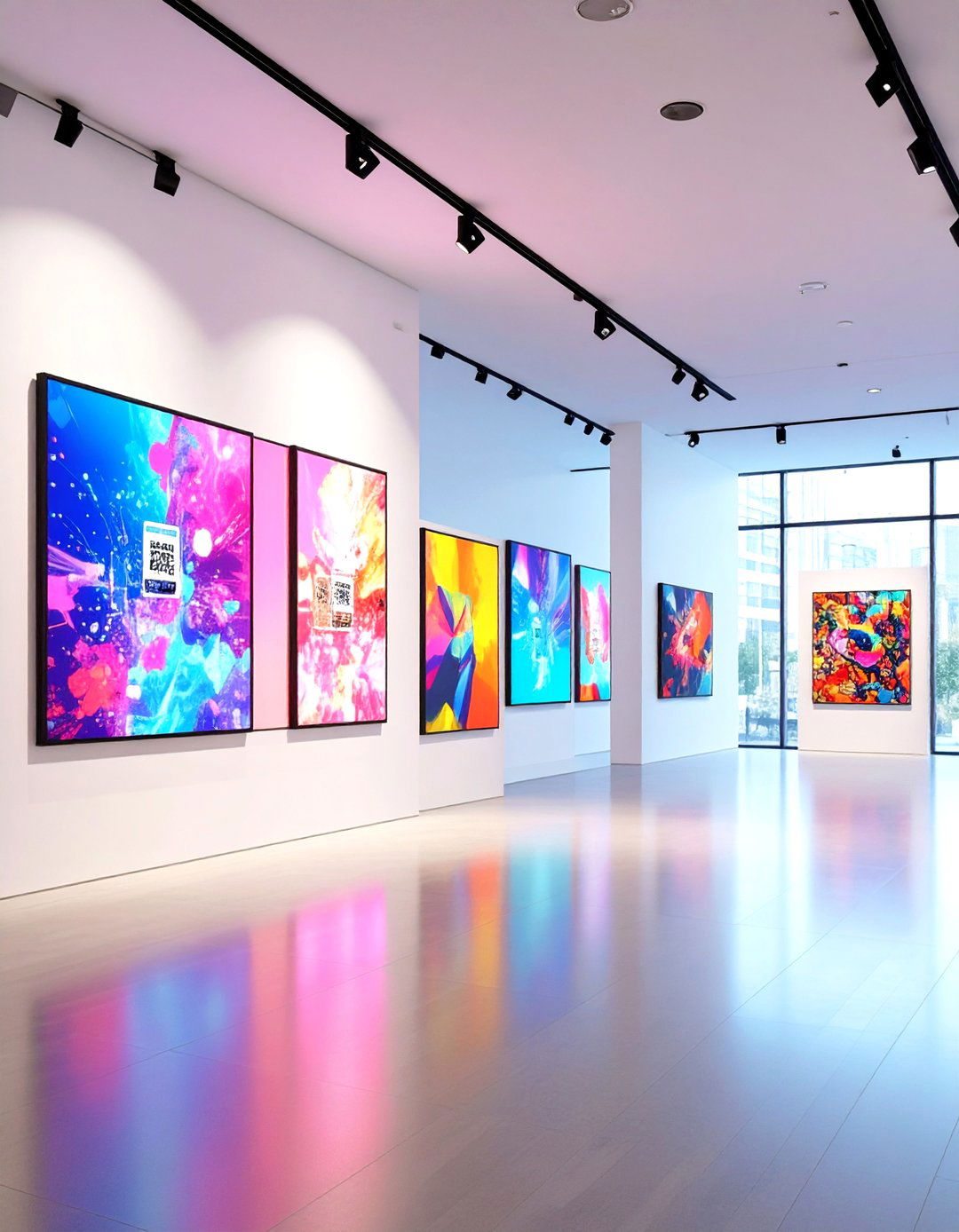
Augmented reality interactive murals use computer vision image tracking capabilities to launch interactive and immersive digital experiences on top of physical artwork. Viewers simply scan a QR code on signage near the artwork to launch the AR experience through their smartphone or tablet. Once the image is recognized by the camera, the AR experience appears and users can tap on the screen to interact with animations, videos, and even games. Artists like Tristan Eaton, Camille Walala, and Edgar Saner have created physical murals augmented with digital experiences using Google's Geospatial Creator, bringing richer stories to life without requiring coding skills. These murals provide memorable experiences that generate social media buzz while allowing brands and artists to showcase creativity through cutting-edge technology that sets them apart from traditional static advertisements.
2. Motion Sensor Interactive Mural
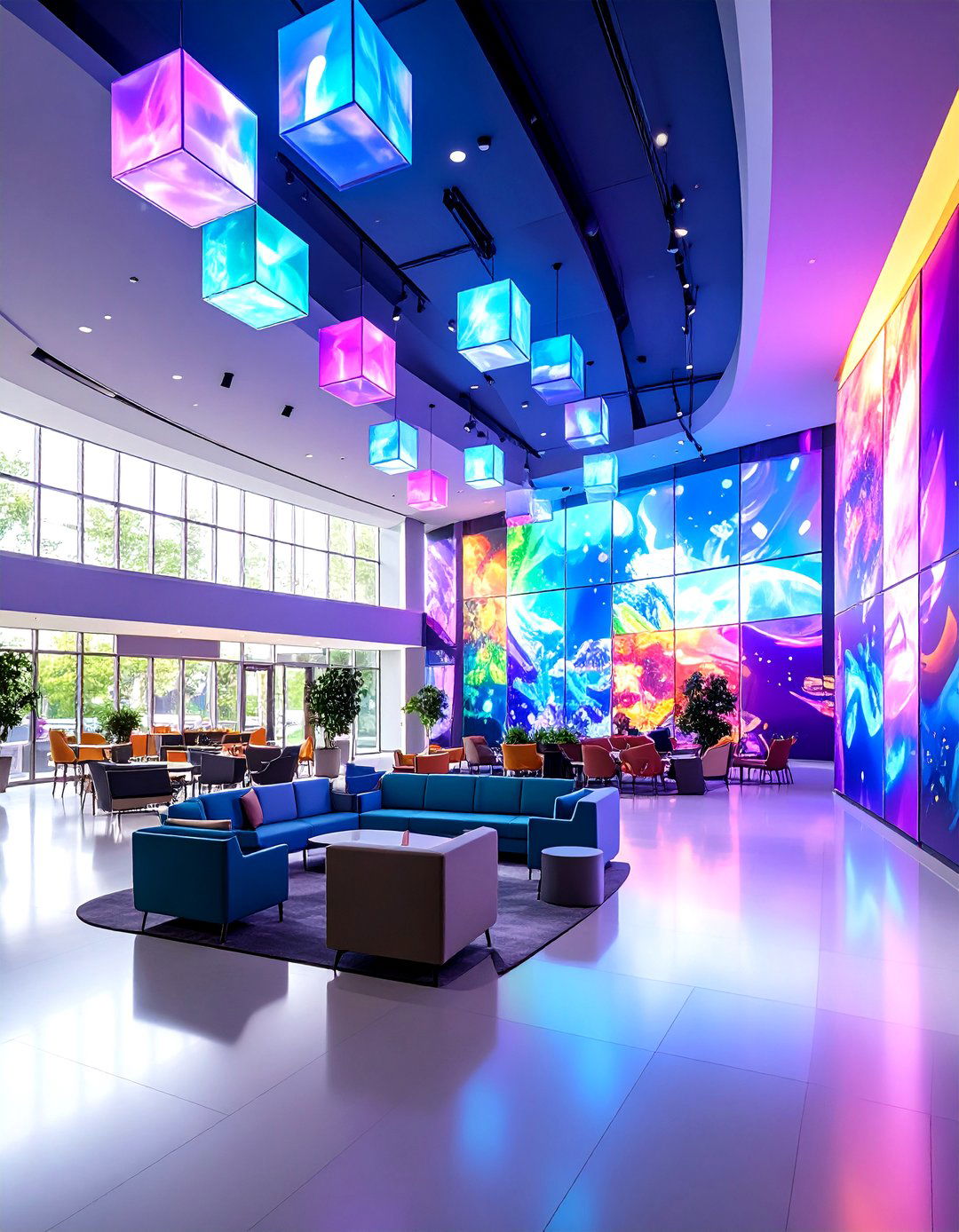
Motion sensor interactive murals detect and respond to user movements through various technologies including passive infrared (PIR) sensors, microwave sensors, and dual-technology hybrids. PIR sensors in LED art installations illuminate lights as people approach, creating a sense of movement that draws them in, while visitors moving around the space cause the artwork to come alive, revealing different perspectives. The University of Dayton's admissions office features a 36-foot-long motion-triggered wall where walking near causes cubes to turn and rotate, opening up fragments of university experiences, captured using four Kinect cameras and three overlapping projectors. These installations create dynamic, responsive environments that react instantaneously to human presence, making viewers active participants rather than passive observers of the artistic experience.
3. Touch-Sensitive Interactive Mural
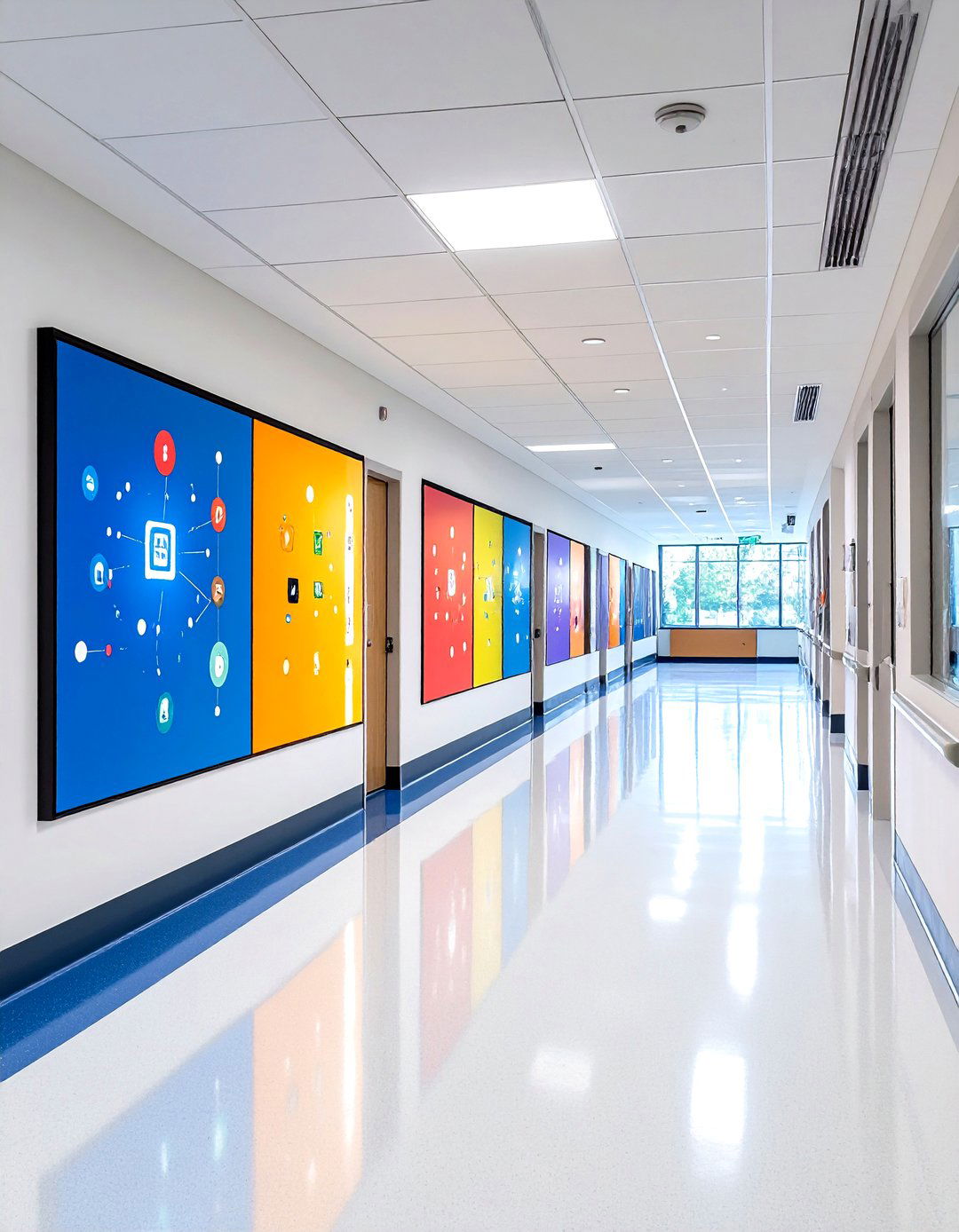
Touch-sensitive interactive murals transform walls into interactive playgrounds that respond to every touch, using capacitive multi-touch displays that can be wall-mounted for precise interaction. Multi-touch video walls consist of displays with minimal frames, and interactive sensors are retrofitted using infrared frames or laser curtains that trigger touch-actions when fingers break the invisible light layer. A notable example features screen-printed illustrations that spring to life when touched, uncovering playful animations, data-feeds, and sounds, created using conductive ink for touch input and projection-mapping software. Cleveland Clinic Children's Hospital features gesture-tracking technology that allows children to move and blend vibrant colors while minimizing infection potential, designed to encourage controlled, thoughtful movements that prevent overstimulation. These murals provide intuitive, hands-on interaction that feels natural and engaging for users of all ages.
4. LED Light Interactive Mural

LED light interactive murals use LED lights and sensors to create captivating visual effects that respond to user input, triggered by touch, sound, or movement. LED walls have the highest luminosity and best remote visibility, making them ideal for large, brightly lit exhibition buildings where they can be seen from great distances and attract attention. The Terrell Place building lobby in Washington D.C. features an 80-foot-wide LED wall powered by nearly 5 million LEDs behind an acrylic diffusion layer, responding to movement through 15 ceiling-mounted infrared cameras. These installations transform spaces into dynamic environments that captivate viewers, popular in entertainment venues, retail stores, and public spaces, enhancing atmosphere with exciting lights and mesmerizing patterns that can sync with environmental elements like music beats. LED interactive murals provide brilliant, eye-catching displays that serve as both art and communication medium.
5. Projection Mapping Interactive Mural
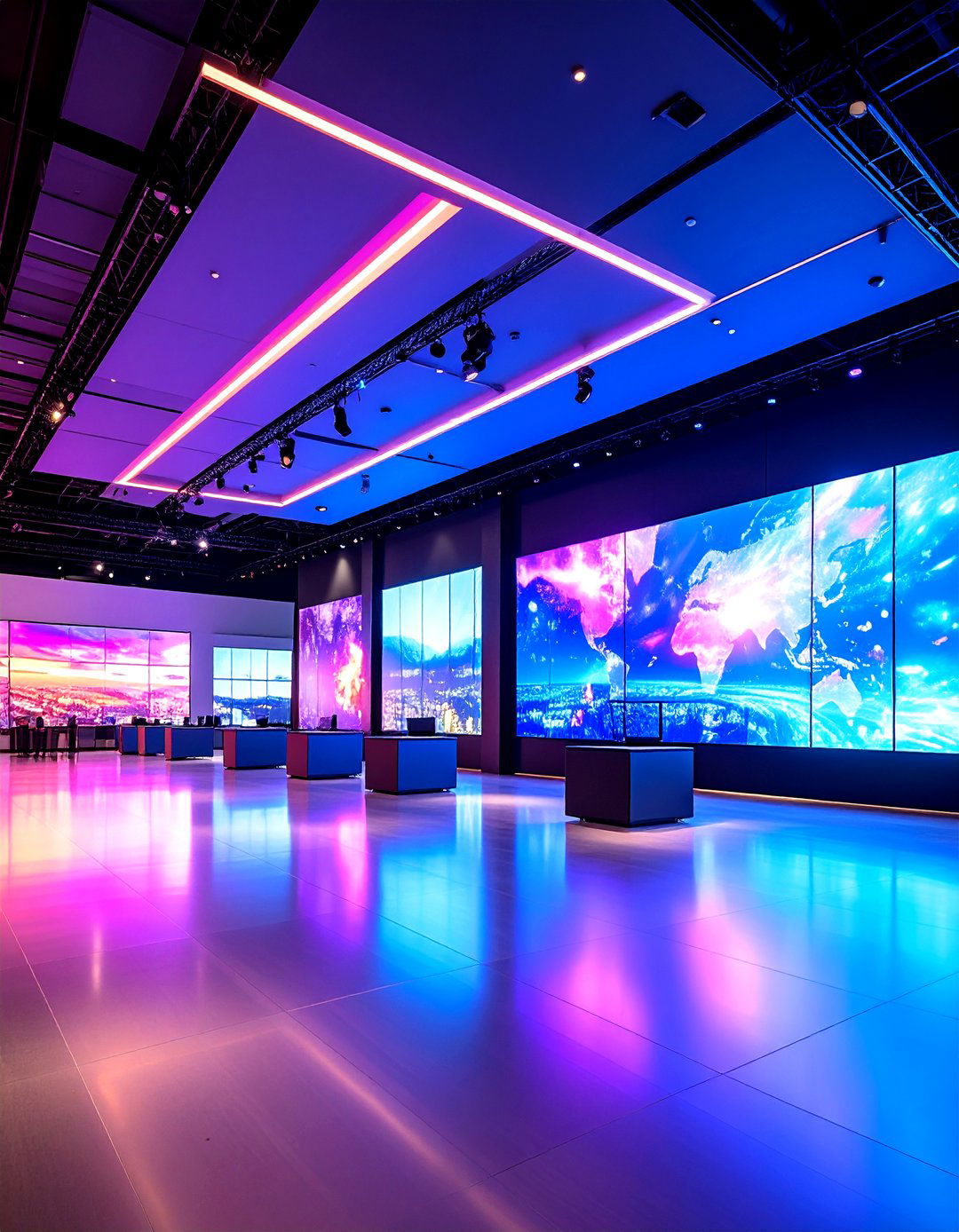
Projection mapping interactive murals use high-resolution projectors to display digital content onto surfaces, combining advanced projection systems with touch or motion-sensing technology to create immersive experiences. The technology uses sensors or cameras to detect user interactions such as touch, gestures, or movements, with advanced algorithms processing input and translating user actions into commands that manipulate projected content. This cutting-edge technology turns any surface into a dynamic canvas for storytelling and engagement, creating stunning illusions that defy expectations and captivate audiences beyond entertainment into educational and corporate applications. These installations create dynamic displays on any surface using projectors, offering endless possibilities for engagement and creativity whether in educational exhibits or marketing campaigns. Projection mapping murals provide flexibility to transform any wall into an interactive experience without permanent installation.
6. QR Code Interactive Mural

QR code interactive murals integrate augmented reality codes directly into artwork, allowing viewers to scan codes with smartphones to access interactive content, videos, or additional information about the artwork. Artists can embed QR codes that connect to online stores for art purchases, Bitcoin donation codes for supporting street artists, or links to social media profiles and portfolios. Children's Hospital of Philadelphia uses QR codes in their Picture This! murals, linking to interactive web-based portals with age-appropriate activities and conversation prompts designed by pediatric experts. Street Art Cities provides robust QR code solutions including acrylic plaques and waterproof stickers that track every scan, providing analytics about audiences viewing the artwork. These murals bridge physical and digital experiences, offering expandable content that enhances the initial visual impact with deeper, personalized engagement opportunities for viewers seeking more information.
7. Hospital Healthcare Interactive Mural
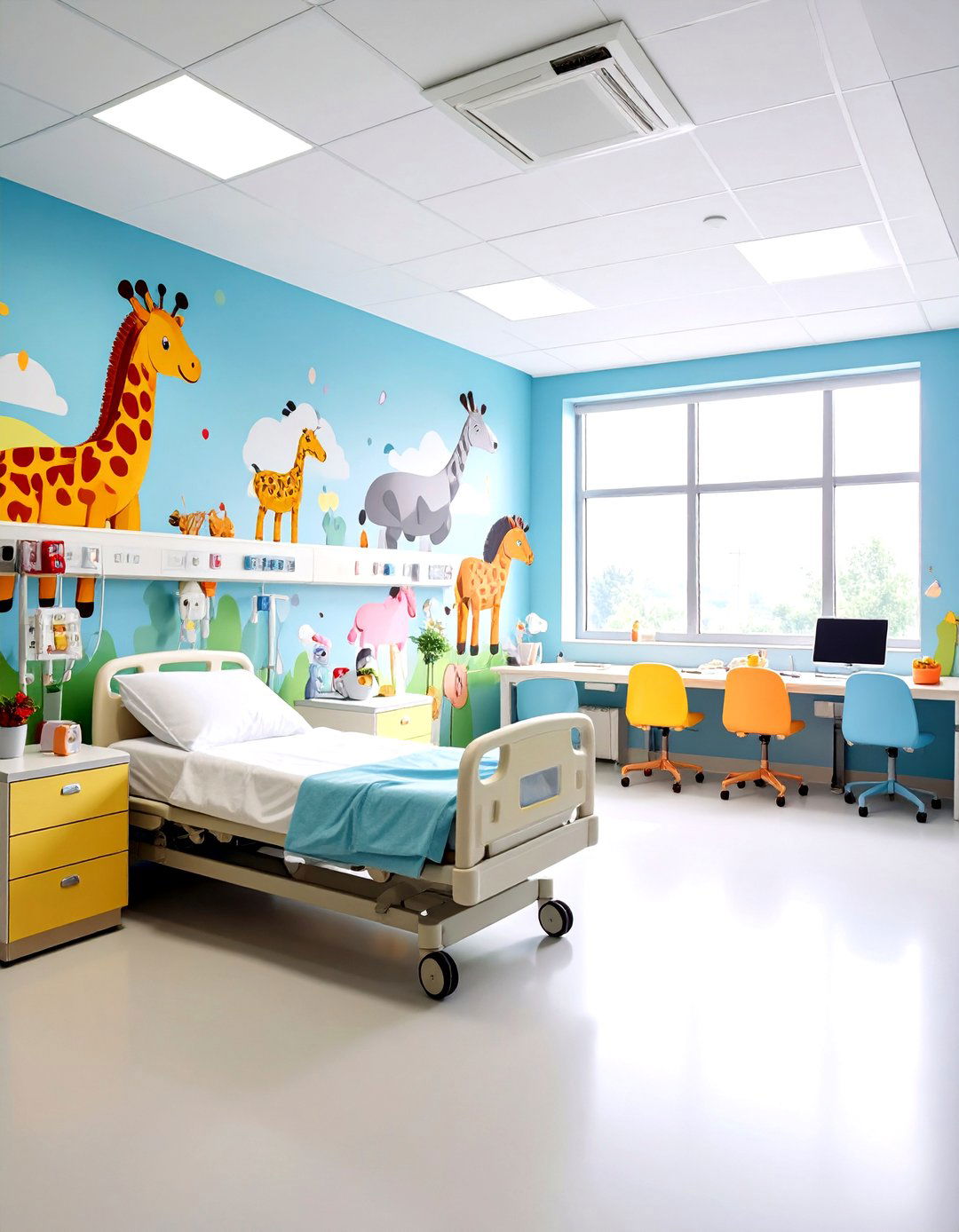
Hospital healthcare interactive murals specifically address the unique needs of medical environments, using technology to comfort, engage, and distract patients during treatment. Lucile Packard Children's Hospital Stanford features an interactive seek-and-find mural where children use app-equipped tablets to create 3D animal images while narrators provide educational facts. Children's Healthcare of Atlanta includes interactive walls with sensory cameras that activate when children approach, prompting unique animal appearances that respond to motion interaction. These murals serve multiple purposes: sparking conversations between children and parents, building imagination, serving as assessment tools for pediatricians, and providing pleasant distractions during medical procedures. Hospital murals transform medical spaces into healing environments that comfort, engage, and inspire, helping children cope better and feel more at ease during stressful medical visits.
8. Educational Classroom Interactive Mural
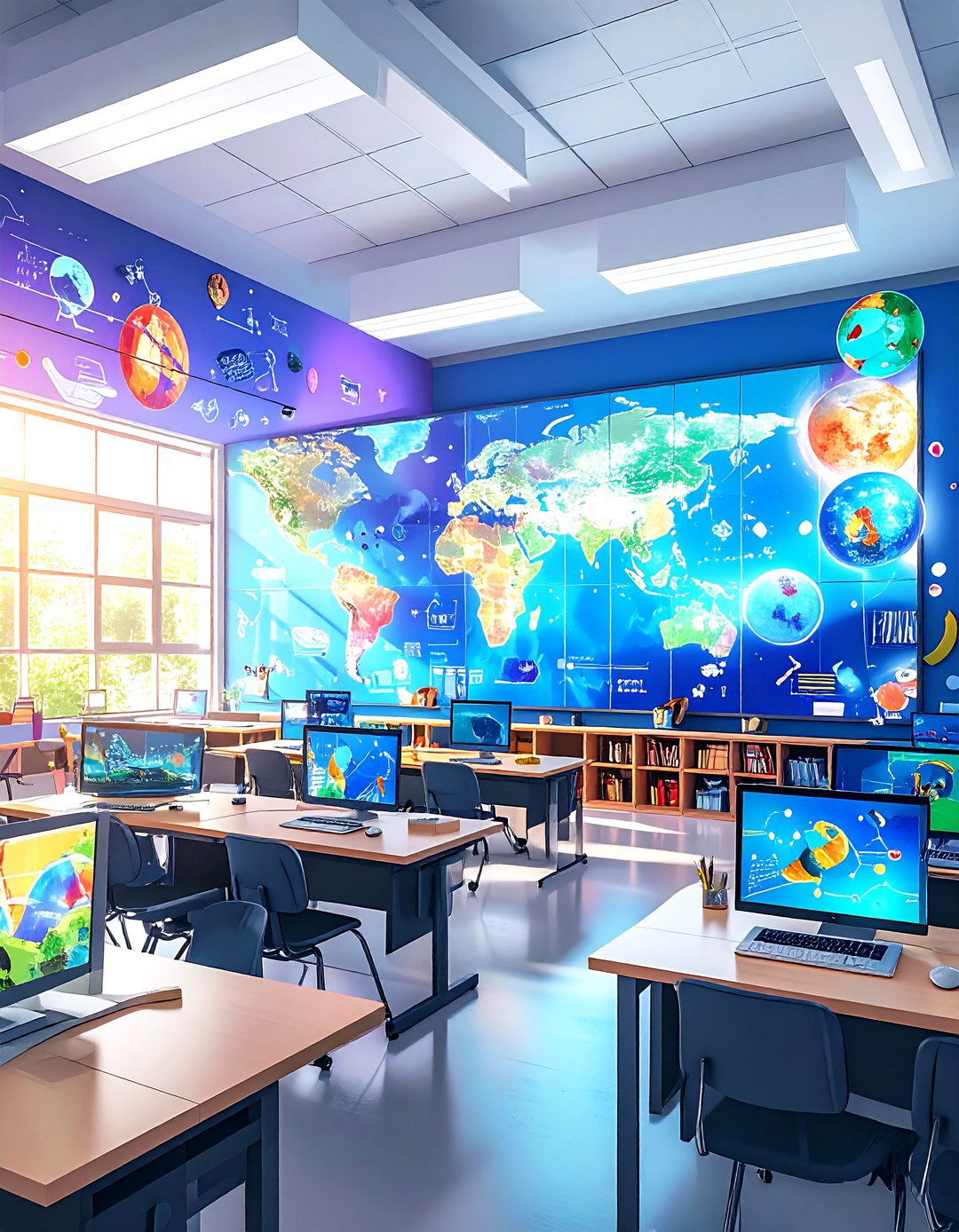
Educational classroom interactive murals combine traditional community mural painting with ubiquitous computing to create collaborative STEAM learning environments. MotionMagix interactive technology transforms any classroom into an interactive space, revolutionizing learning experiences by turning standard rooms into engaging environments where immersive content and interactive simulations help young minds grasp complex concepts. Research shows these murals provide novel learning affordances, emphasizing unique opportunities for collaborative STEAM learning through electronics and programming integrated into the artistic creation process. Educational systems offer over 60 interactive teaching games suitable for children aged 3 to 12, enabling them to learn more knowledge while experiencing greater joy through wall-based interactive experiences. These murals make learning more visual, interactive, and memorable while encouraging student participation and collaboration in traditionally challenging subject areas.
9. Museum Exhibition Interactive Mural
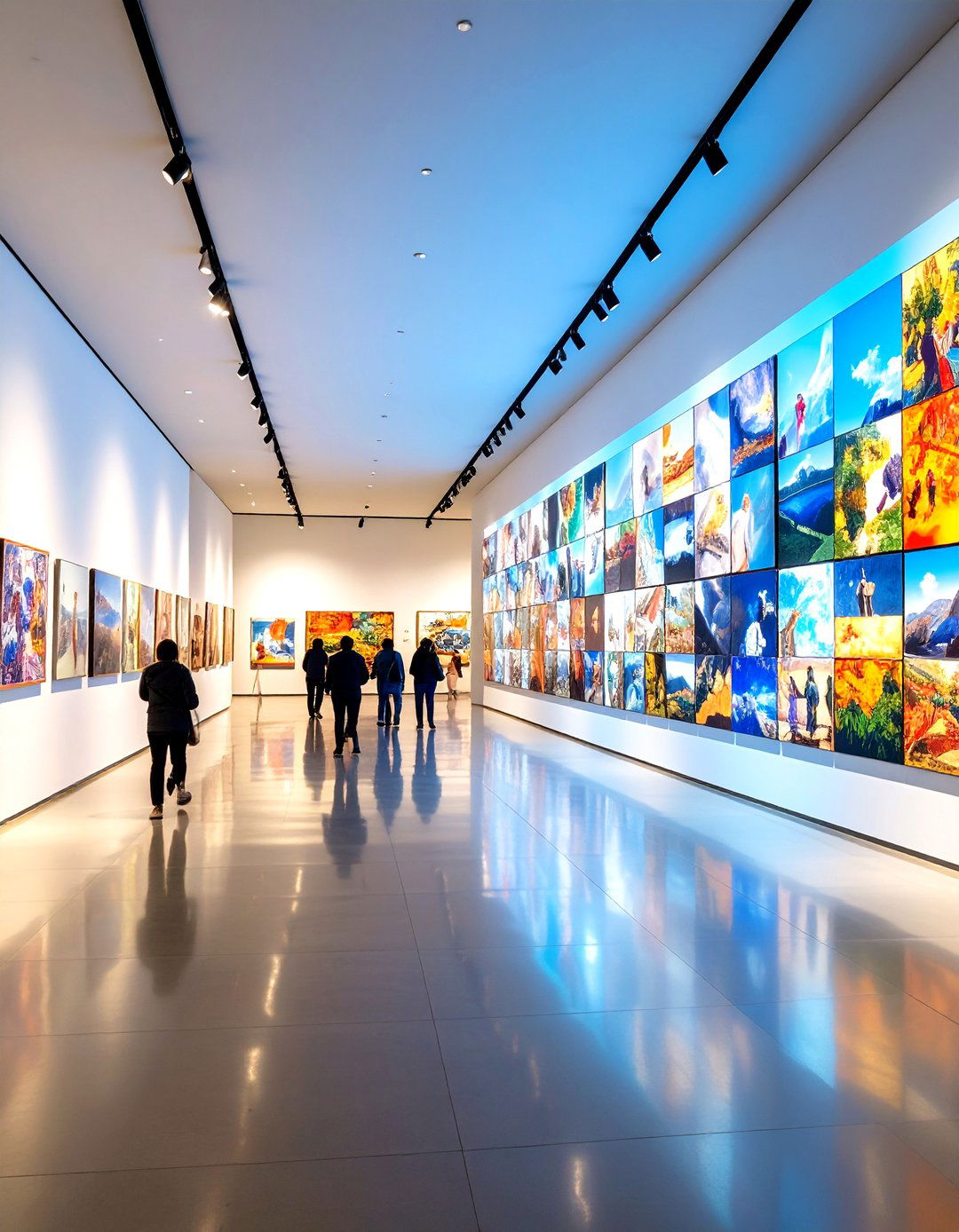
Museum exhibition interactive murals enhance visitor experiences by transforming static displays into dynamic, immersive environments that provide educational content through cutting-edge technology. The Collection Wall at museums features 40-foot-long displays showcasing thousands of artworks from permanent collections, randomly creating thematic groupings to serve as orientation tools for visitors. Interactive walls in contemporary art galleries invite visitors to touch or gesture in front of sensors, with vibrant colors flowing and transforming to create dynamic visual experiences that evolve with each interaction. These installations provide unique opportunities for museums to reveal hidden elements when touched or triggered by motion, engaging audiences in educational storytelling while offering immersive cultural experiences. Museum interactive murals successfully bridge traditional art appreciation with modern technology, creating memorable educational experiences that appeal to diverse age groups and learning styles.
10. Corporate Office Interactive Mural

Corporate office interactive murals serve as digital engagement tools designed to unify teams, communicate messages, and enhance brand identity within professional environments. In corporate office lobbies, visitors can interact with touch-sensitive panels to customize colors and animations, creating personalized and engaging experiences that transform static walls into dynamic focal points. Digital mural programs like The Talent Mosaic provide shared spaces for collaborative sketches and team-building activities, reminiscent of social media platforms but designed for professional team cohesion. Corporate installations create brand engagement using branded games and interactive effects, which can be transformative in terms of how customers or employees perceive the company. These murals effectively combine aesthetics with functionality, serving as both artistic installations and practical tools for communication, collaboration, and corporate culture enhancement in modern workplace environments.
11. Sound-Reactive Interactive Mural
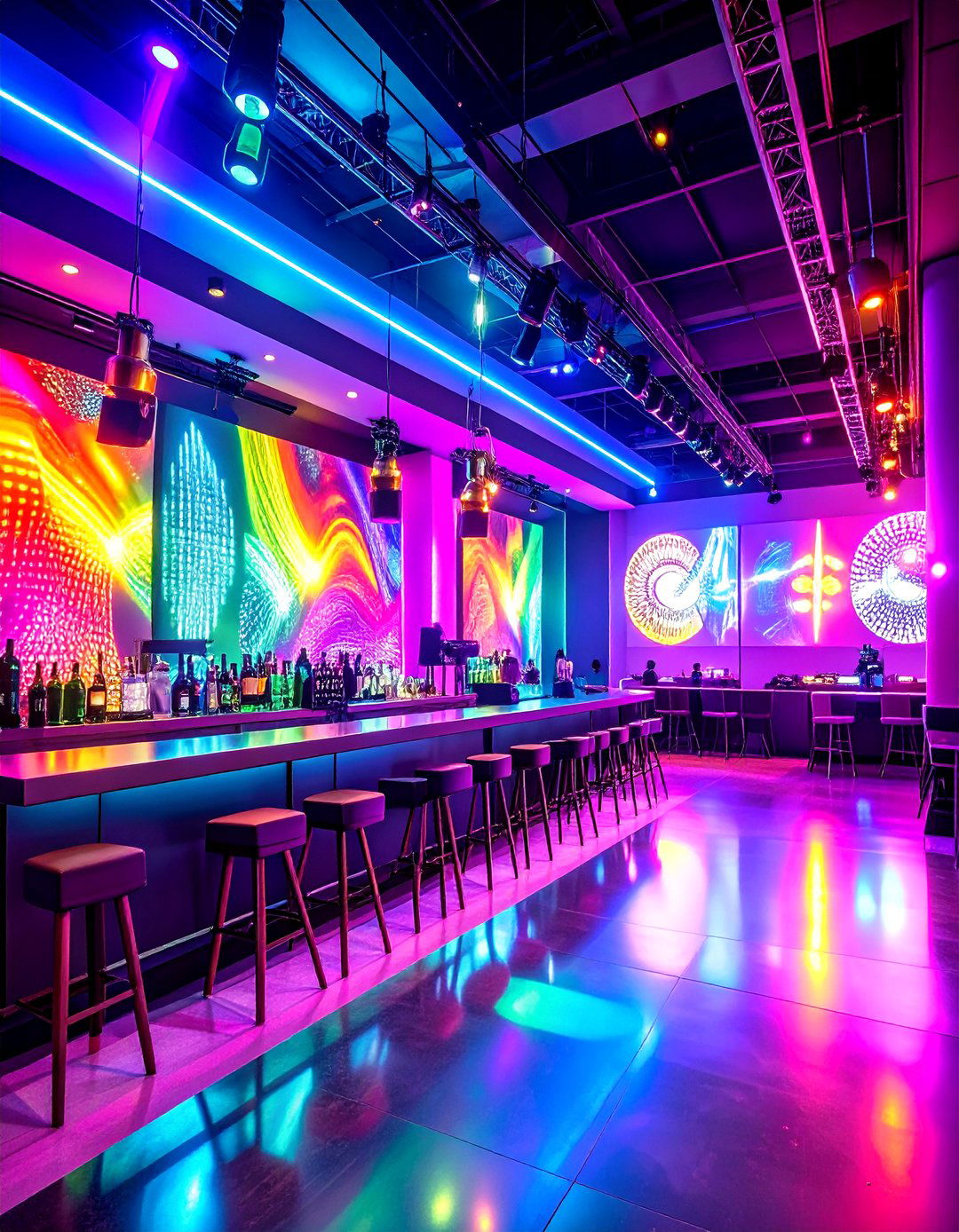
Sound-reactive interactive murals respond to audio input, creating synchronized visual experiences where walls dance to musical beats and environmental sounds. These installations let walls dance to the beat of favorite tunes, creating symphonies of light and movement that respond to rhythmic energy and sound frequencies. Audio sensors detect sound inputs and trigger corresponding visual responses, with the technology processing audio data to determine appropriate visual reactions whether displaying content, playing videos, or activating specific lighting functions. LED activated sensor systems can detect and respond to various environmental sounds, creating immersive experiences that blend audio and visual elements seamlessly. These murals are particularly popular in entertainment venues, nightclubs, and public spaces where music and ambient sound play important roles in creating atmosphere, offering visitors dynamic visual experiences that change with the acoustic environment around them.
12. Gaming Interactive Mural

Gaming interactive murals transform spaces into entertainment centers using projection technology and sensors to create immersive game experiences on wall and floor surfaces. Interactive sports walls combine tennis, football, basketball and over ten kids' games, suitable for all kinds of sports venues and revolutionizing sports entertainment markets. Virtual archery systems combine traditional archery with gaming by projecting game screens onto walls and accurately controlling arrow landing points with special effects. MotionMagix technology creates branded games and interactive effects for corporate and brand engagement, converting any space into unforgettable fun-filled interactive experiences using projectors and sensors. These installations are particularly popular in amusement parks, interactive exhibits, and entertainment centers, offering unparalleled levels of fun and excitement by bringing magical elements that captivate audiences of all ages. Gaming murals provide social, active entertainment experiences that encourage physical movement and group participation.
13. Fitness Sports Interactive Mural
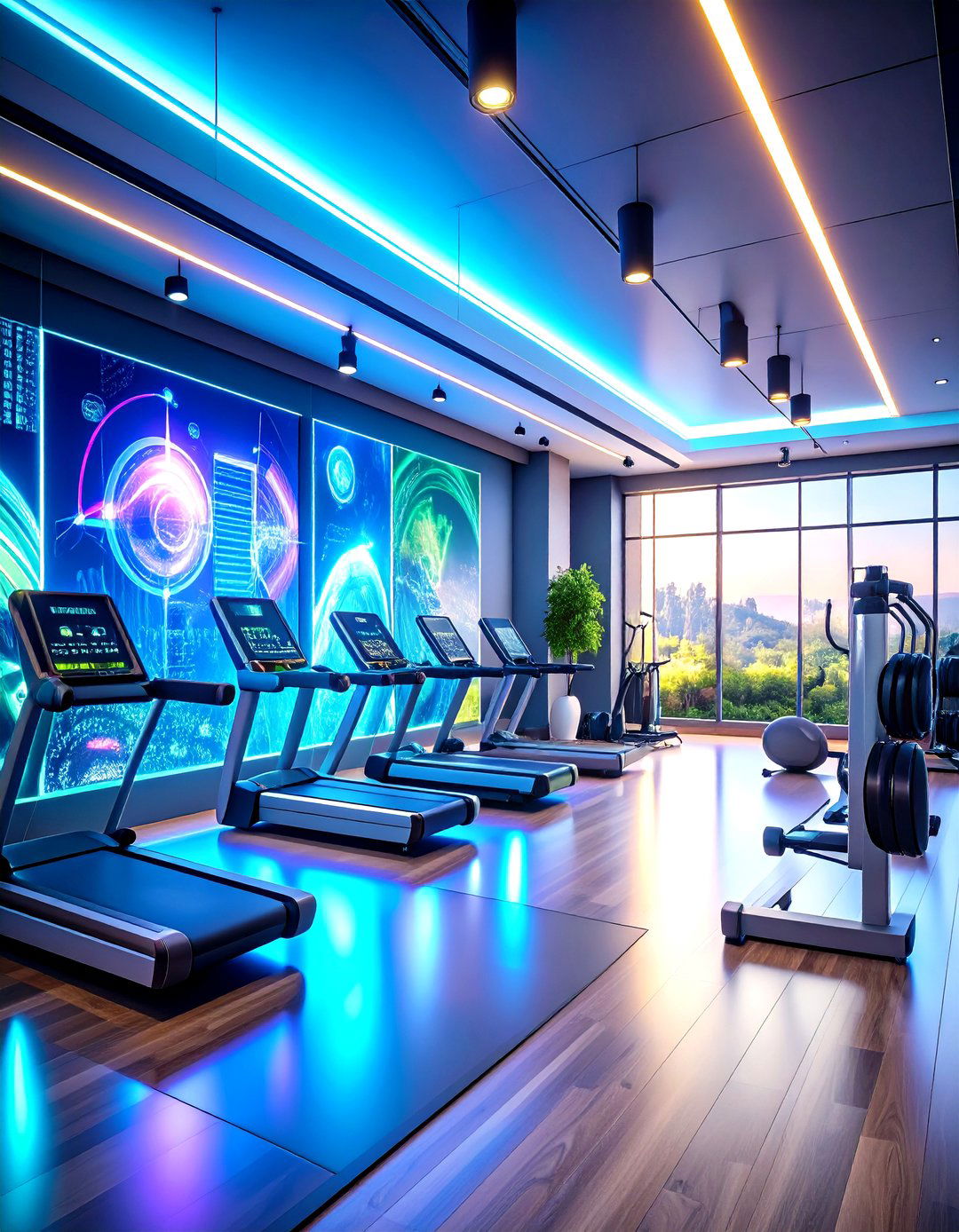
Fitness sports interactive murals use digital LED screens, radar sensors, and projection technology to provide real-time feedback and immersive workout experiences for athletes and recreational users. LED sensor screens map out runner performance while radar sensors detect motion and speed, providing precise feedback on performance metrics, with interactive wall projections adjusting based on speed, distance, and heart rate. These systems project real-time data onto walls showing running speed, distance covered, and calorie burn rate, with radar sensors detecting and projecting data instantaneously without lag. Interactive projections can simulate different running environments from mountain trails to city streets, and may show challenges such as obstacles or simulated opponents, creating more engaging experiences than standard treadmill workouts. Fitness interactive murals help maintain motivation levels, provide accurate performance monitoring, and allow users to set goals and adjust workouts dynamically for improved training outcomes.
14. Street Art Interactive Mural
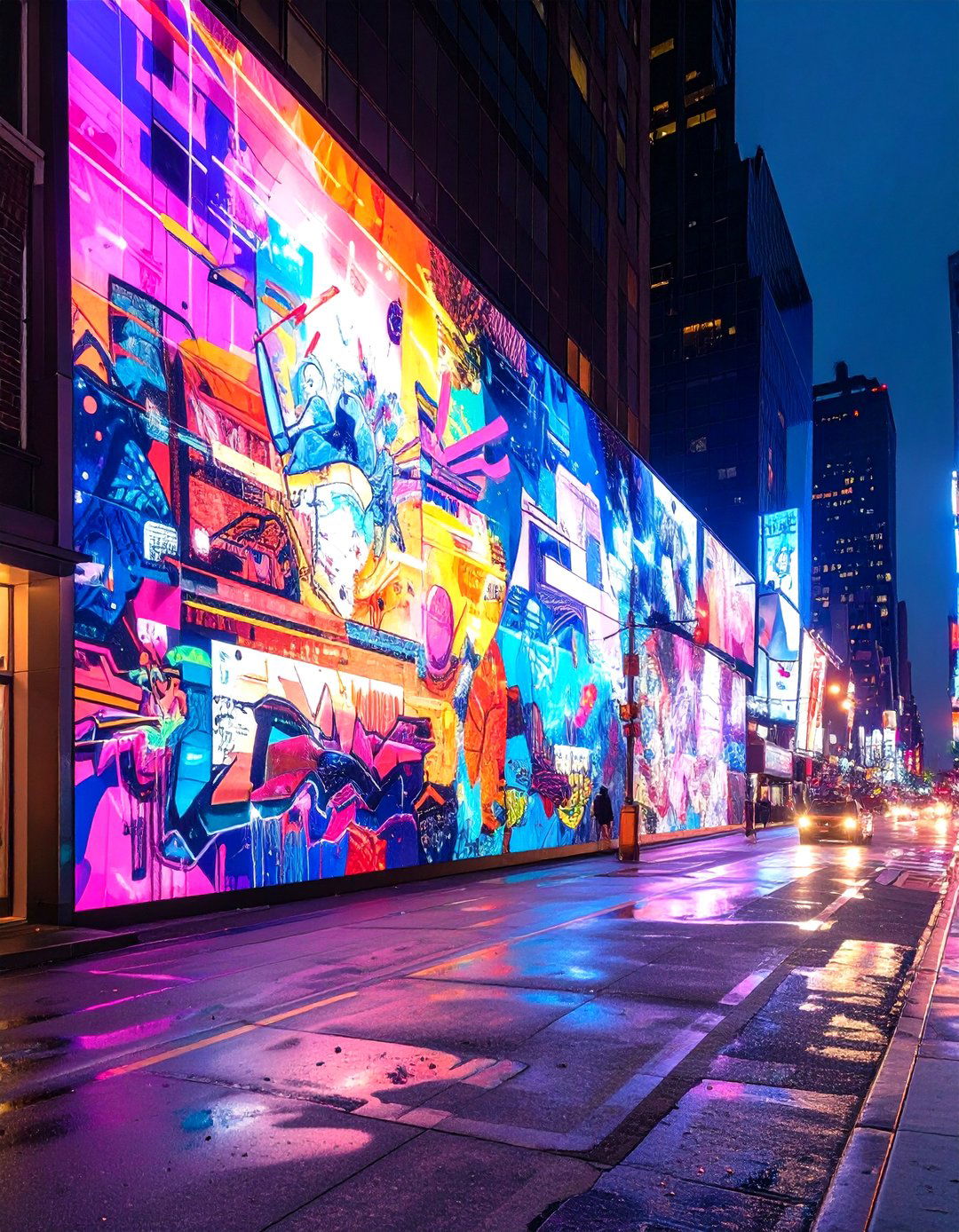
Street art interactive murals combine traditional graffiti artistry with augmented reality technology, creating mixed reality experiences where physical artwork coexists with virtual digital experiences. AR street art murals look like regular graffiti when viewed with the naked eye, but once scanned with a device, the art jumps to life with gamification elements that encourage playful brand engagement. Artists can embed links to social media profiles, enabling stronger connections with admirers and opportunities for commissioned work, while businesses can utilize street art murals within retail areas to disseminate discount information and promotional content. These installations provide memorable and engaging experiences for viewers, generate social media buzz, and offer platforms for creative expression, creating deeper connections between brands or artists and their audiences. Street art interactive murals successfully merge traditional urban art culture with modern technology, expanding artistic possibilities while maintaining authentic street art aesthetics.
15. Retail Shopping Interactive Mural

Retail shopping interactive murals enhance customer experiences and drive engagement through dynamic displays that respond to shopper presence and interaction. These walls are designed for social media enthusiasts, providing visually engaging backgrounds for photos and videos with LED lights, projection mapping, or interactive elements that respond to users' poses or gestures. Retailers can integrate QR codes that connect exhibitions directly to online stores, allowing customers to scan codes and browse products for ordering prints or originals with direct delivery options. Interactive walls display a wide range of content from advertisements to immersive digital experiences, creating memorable customer interactions that increase dwell time and purchase intent. These installations help brands capture attention in crowded retail environments, provide product information dynamically, and create Instagram-worthy moments that encourage social sharing, ultimately driving both immediate sales and long-term brand awareness through customer-generated content and enhanced shopping experiences.
16. Children's Playground Interactive Mural
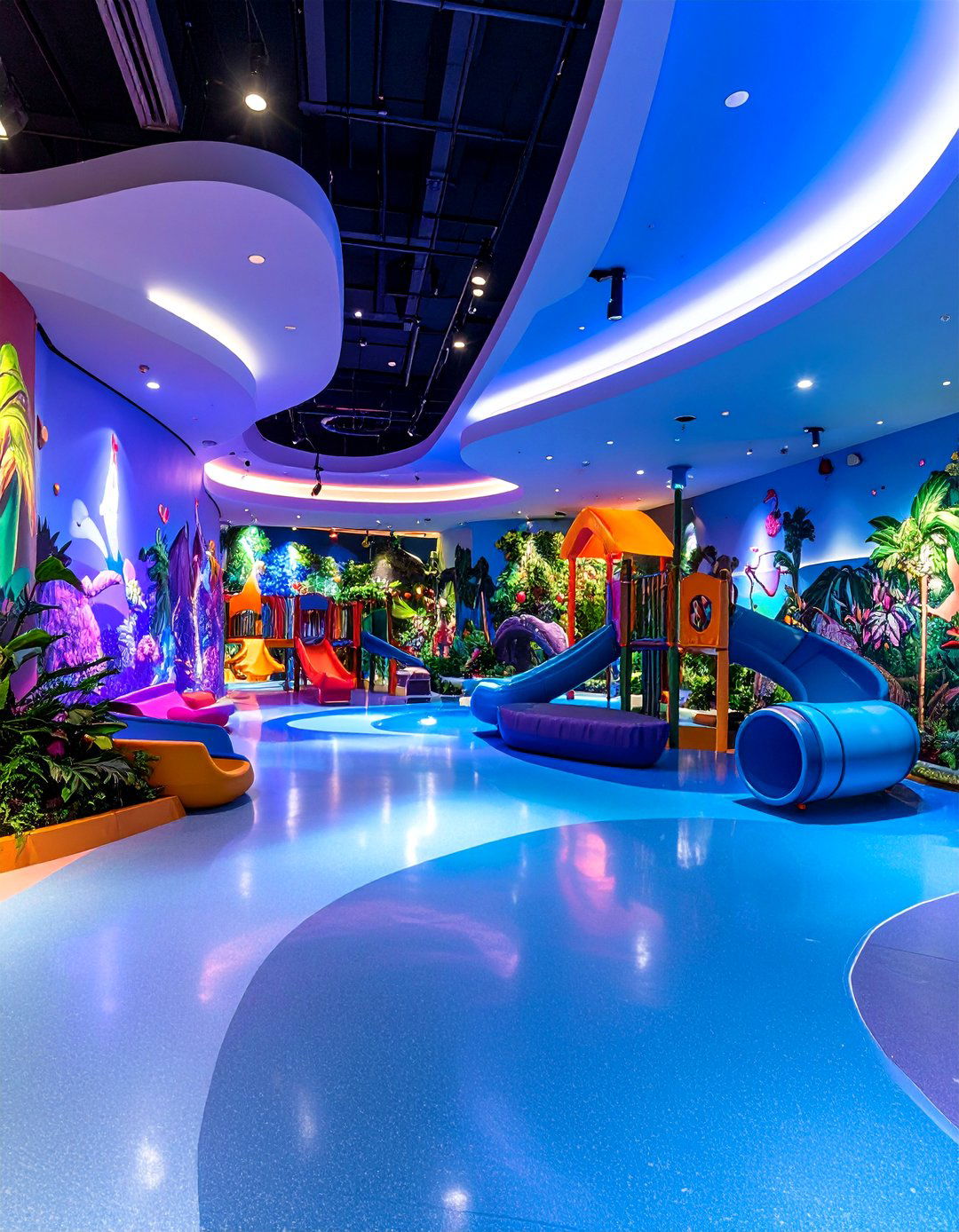
Children's playground interactive murals transform any room into a virtual playground using projection technology that responds to kids' movements and actions. MotionMagix interactive play technology can be projected on any free floor or wall surface, providing endless hours of fun and learning for children of all ages while promoting physical activity and imagination. Interactive trampoline games are increasingly popular for indoor playgrounds, combining interactive games with trampolines to make activities even more fun and engaging. These systems engage kids in hygienic, safe, and entertaining ways by converting any space into unforgettable interactive experiences using advanced software and multiple projectors and sensors. Educators, clinics, and entertainment centers use these tools to promote learning, physical activity, and imagination in children, creating captivating experiences that foster both entertainment and development. Playground interactive murals encourage active play while providing educational content and social interaction opportunities.
17. Digital Canvas Interactive Mural
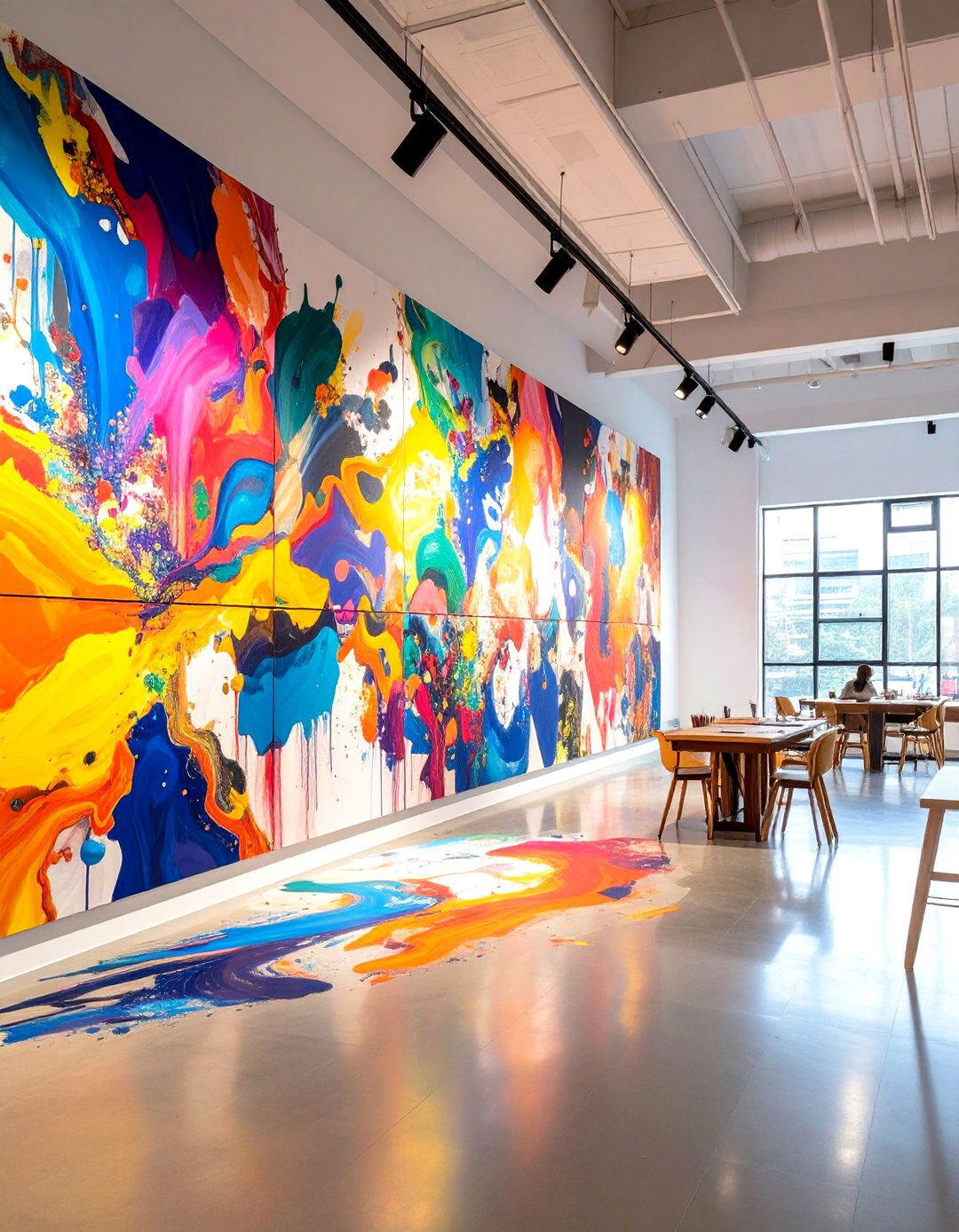
Digital canvas interactive murals provide collaborative digital artistry platforms where multiple users can contribute to evolving artwork through digital drawing and creative expression. The Talent Mosaic program offers shared spaces for straightforward sketches and square icons built on adaptable digital technology, designed for team building and collaborative message communication. Digital art wall murals transform spaces into engaging educational environments by combining visual appeal with informative content, showcasing scientific concepts, historical events, or cultural themes. Paint-on-paper systems allow users to create objects that are then projected on walls to "revive" drawn creations, bridging traditional art creation with digital display technology. These installations capture attention and spark curiosity through vibrant colors and dynamic designs, making complex ideas more accessible and memorable while encouraging exploration and creativity. Digital canvas murals democratize art creation by allowing multiple contributors to build collaborative masterpieces.
18. Gesture Control Interactive Mural

Gesture control interactive murals use cameras and depth-sensing technology to detect user movements and gestures, translating physical actions into digital responses without requiring physical contact. Motion sensing technology including infrared sensors, cameras, or depth-sensing cameras like Microsoft Kinect detect movements of users within projection areas, with specialized software processing inputs and overlaying interactive elements. Advanced algorithms process sensor input and translate user actions into commands that manipulate projected content, allowing users to interact by simply moving or gesturing within projection areas. KLeader Interactive KINECT Wall systems enable gesture recognition and motion tracking for real-time interaction, delivering vivid media with seamless content customization for corporate events, exhibitions, and festivals. These installations provide intuitive, contactless interaction that feels natural and responsive, making them ideal for public spaces where hygiene and accessibility are important considerations while maintaining engaging user experiences.
19. Social Media Interactive Mural
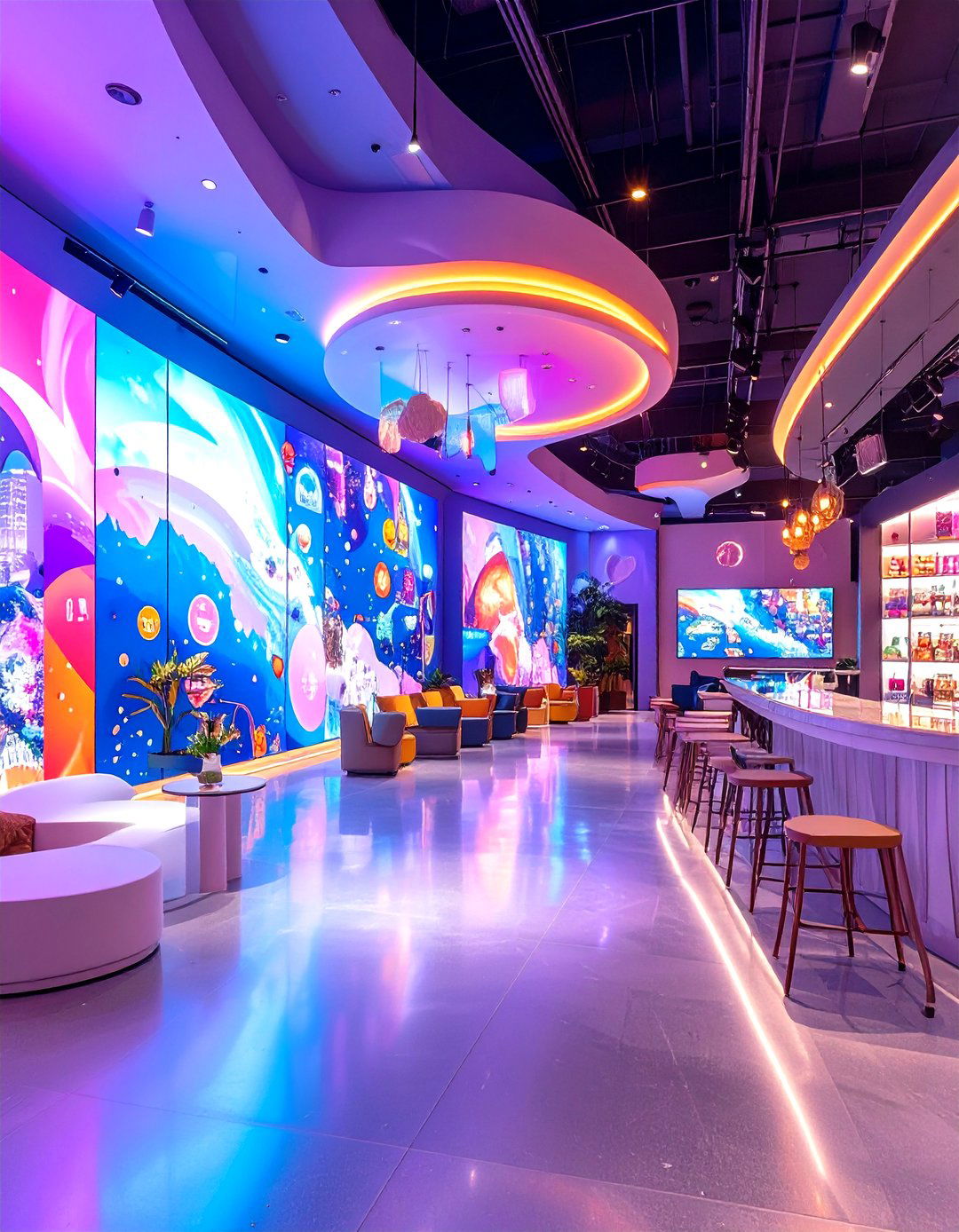
Social media interactive murals are specifically designed for digital sharing, featuring visually engaging backgrounds and interactive elements that encourage photo and video creation. These installations may include LED lights, projection mapping, or interactive elements that respond to users' poses or gestures, specifically designed for social media enthusiasts seeking engaging content. Artists can integrate social media connectivity through QR codes that link directly to Twitter and Instagram profiles, as social media has had huge impact on how artists promote their work and engage with audiences. Interactive augmented reality murals generate buzz on social media by providing memorable and engaging experiences that viewers actively share, creating deeper brand connections and increased brand loyalty or recognition. These murals serve dual purposes as both artistic installations and marketing tools, creating shareable moments that extend reach beyond physical locations through user-generated content, ultimately building online communities around brands and artistic experiences.
20. Virtual Reality Interactive Mural

Virtual reality interactive murals combine floor-to-ceiling projections, sounds, and interactive elements to create fully immersive experiences that transport users to different worlds. Children receiving chemotherapy at Golisano Children's Health Center experience virtual reality-equipped infusion rooms where they select backdrops such as outer space, sandy beaches, or underwater adventures, and can play video games, watch movies, or video chat during treatments. VR installations can "pop into virtual reality exhibitions" where they track activity and adjust scenes so virtual environments become real and thrilling experiences for users. AR and VR technologies are gaining popularity especially with recent launches of devices like Apple Vision Pro headset, creating distinctive and captivating experiences for various products and services. Virtual reality murals provide complete sensory immersion that temporarily removes users from their physical environment, offering therapeutic benefits in healthcare settings and entertainment value in recreational spaces while showcasing the cutting edge of interactive display technology.
Conclusion:
Interactive murals represent the future of public art and digital engagement, successfully merging traditional artistic expression with advanced technologies like augmented reality, motion sensors, and projection mapping. From healthcare environments using murals to comfort patients to corporate spaces employing them for team building, these installations demonstrate remarkable versatility across industries. The technology continues advancing with sensors, high-resolution displays, and interactive software creating increasingly sophisticated responsive experiences. As costs decrease and technology becomes more accessible, interactive murals will likely become standard features in educational institutions, healthcare facilities, and public spaces. Their ability to create memorable, participatory experiences while serving practical purposes positions interactive murals as powerful tools for communication, education, entertainment, and healing in our increasingly digital world.







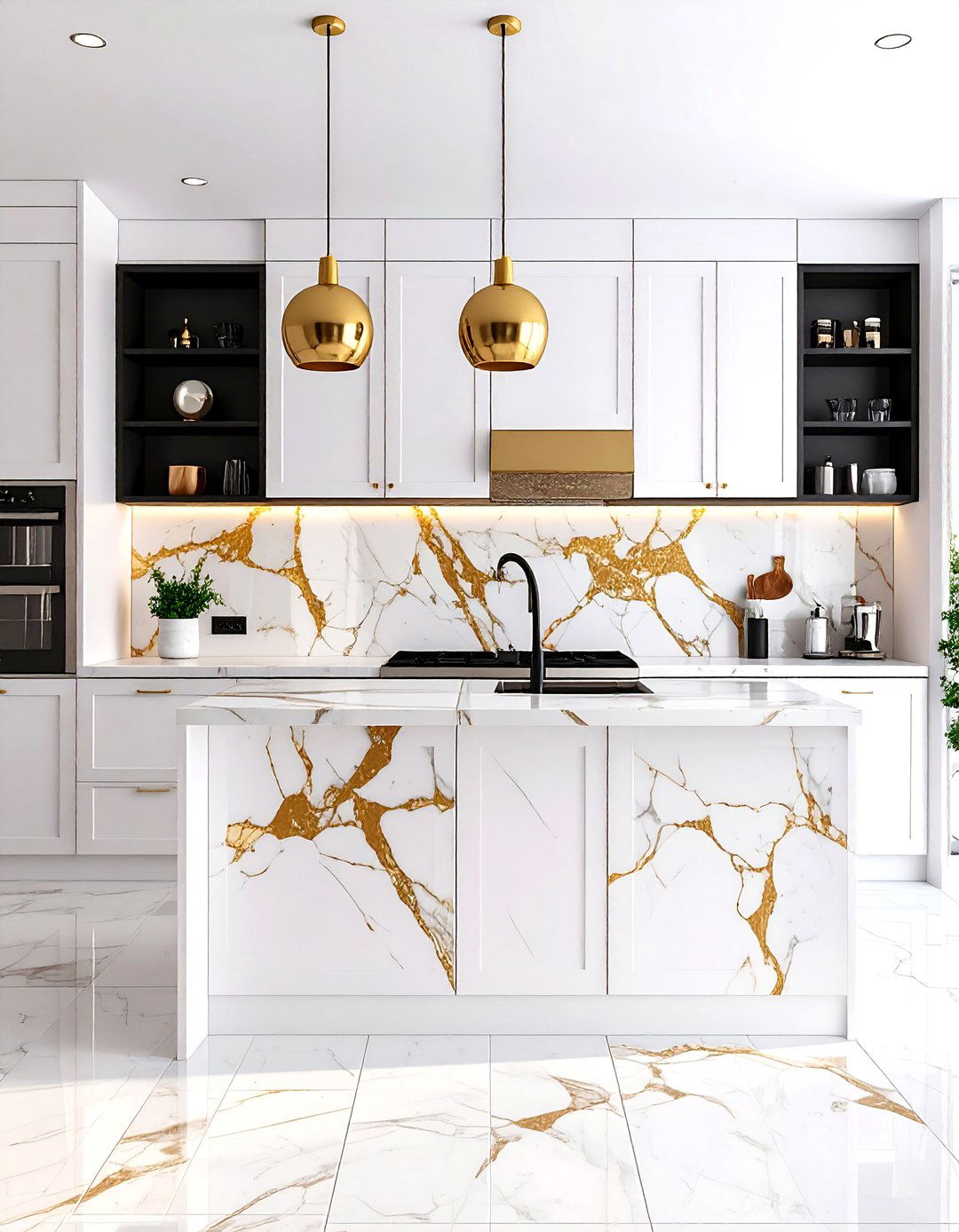

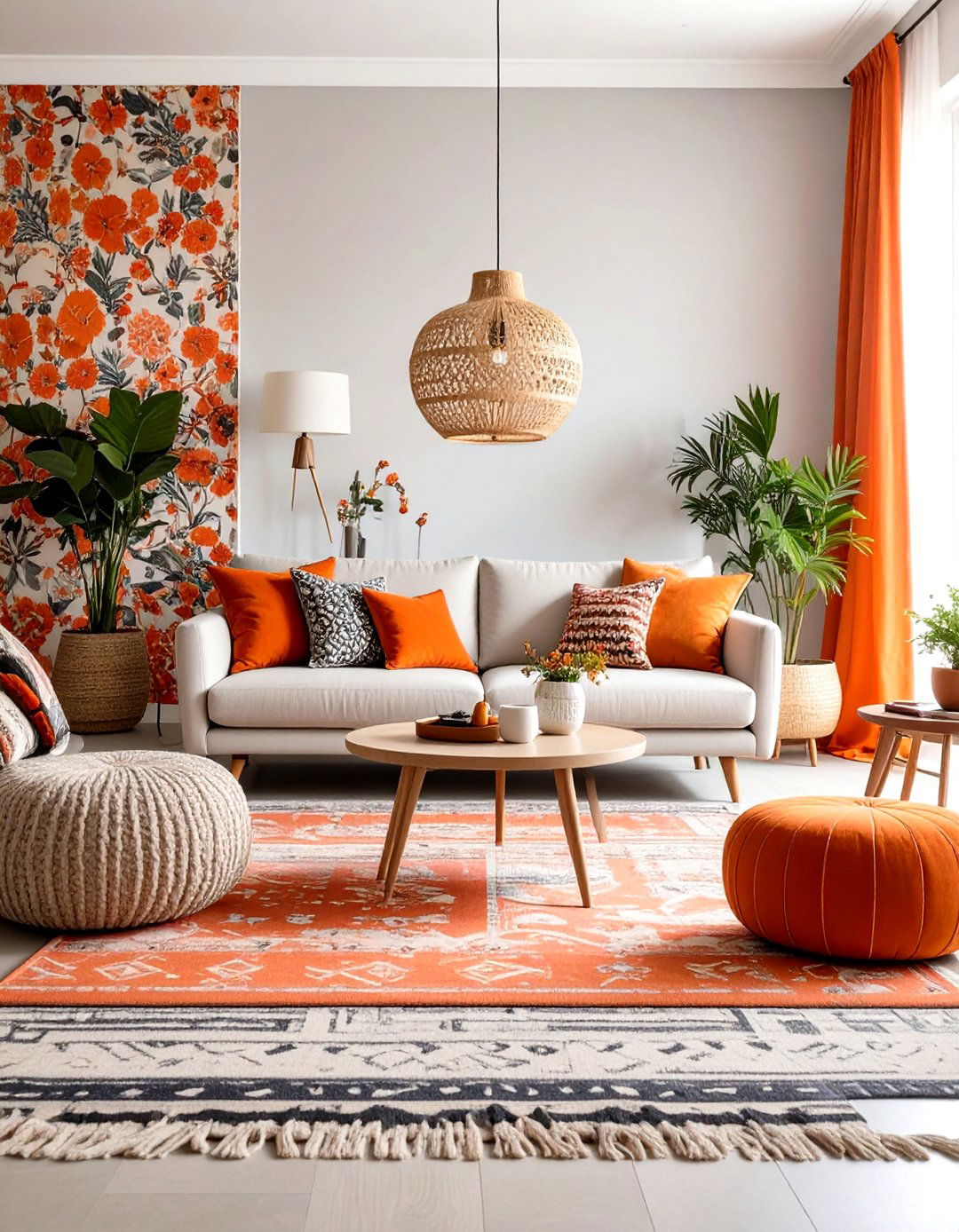


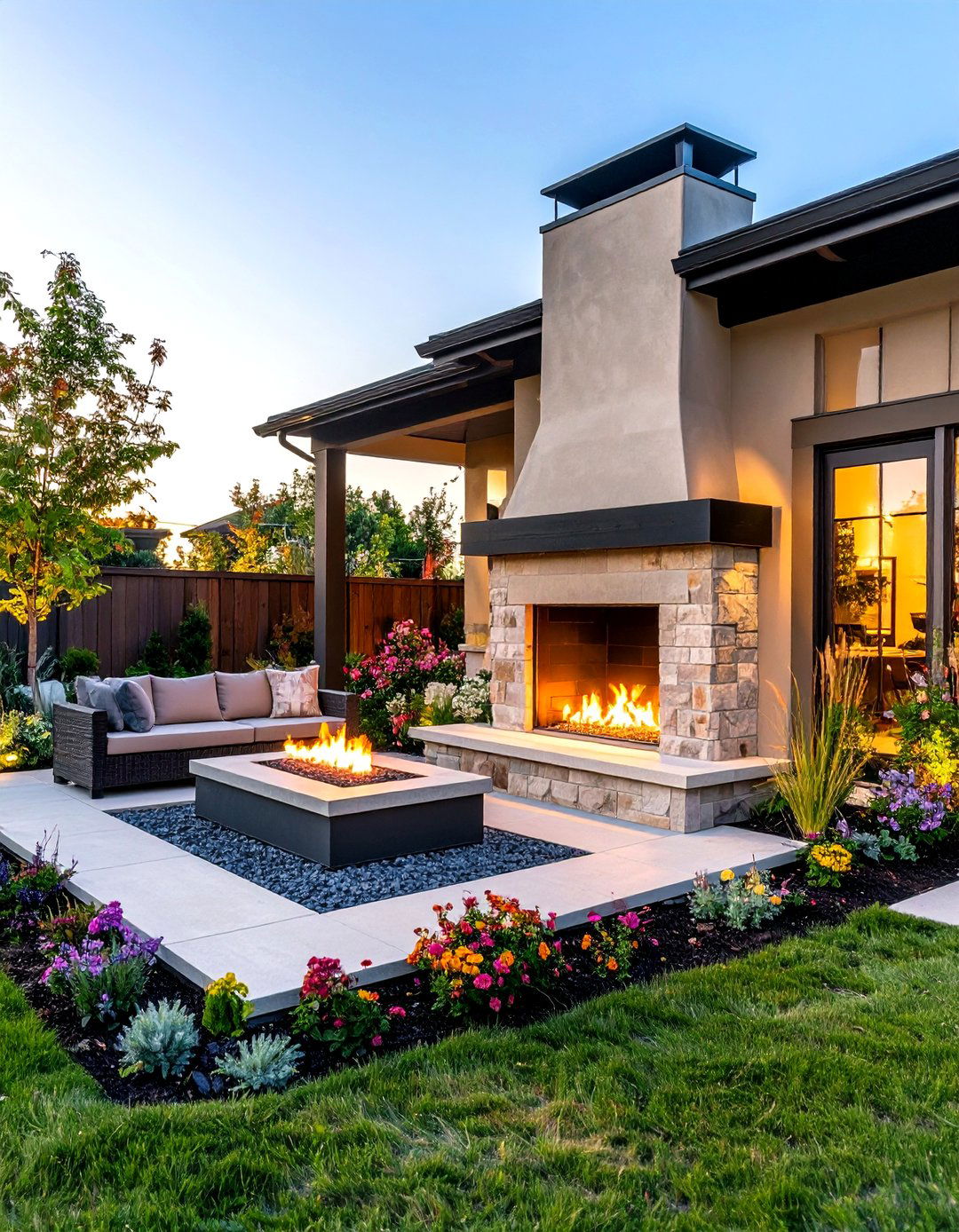
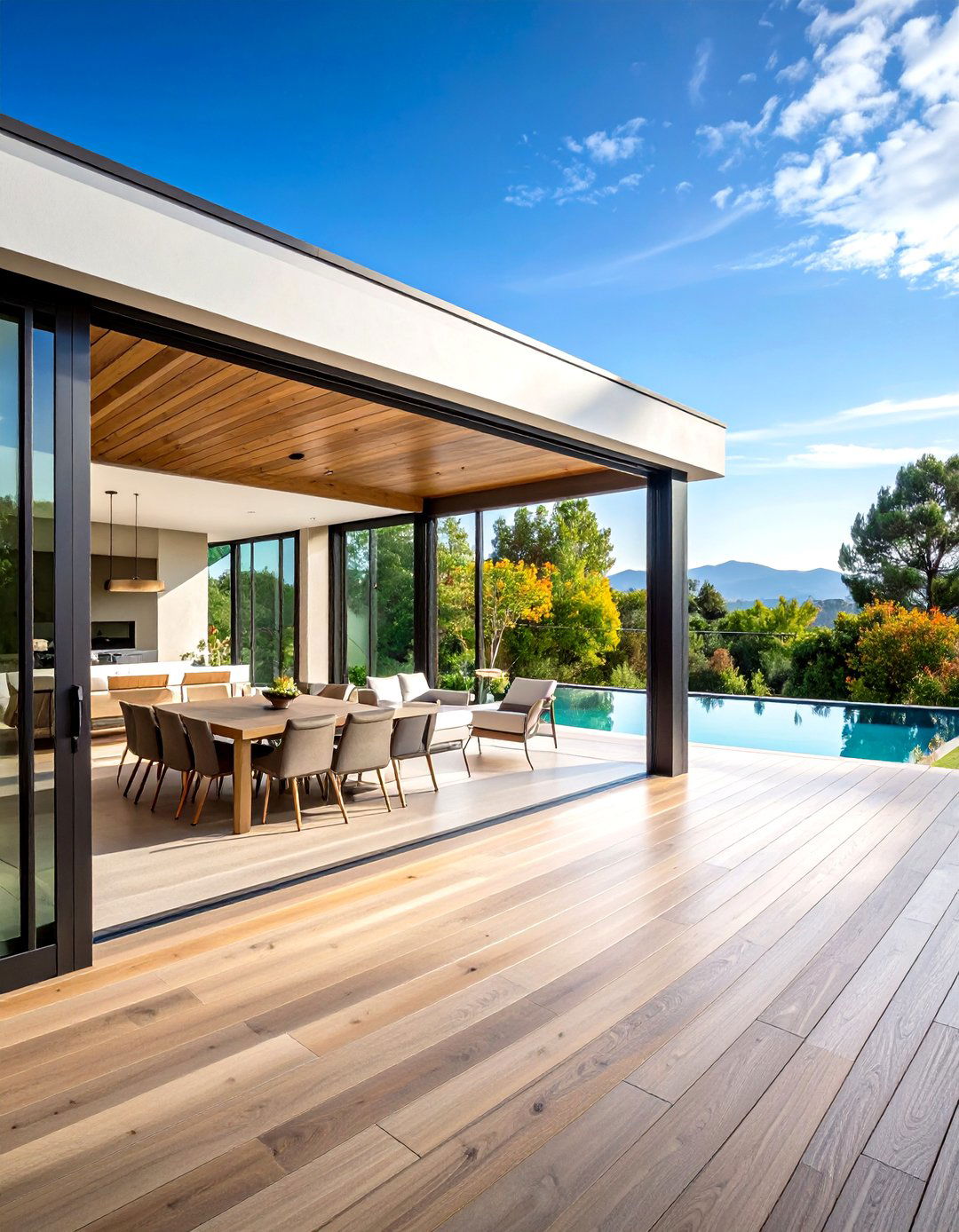

Leave a Reply